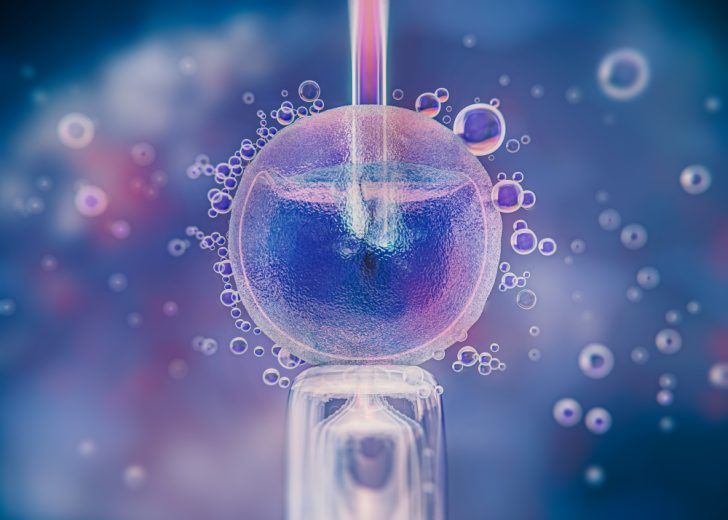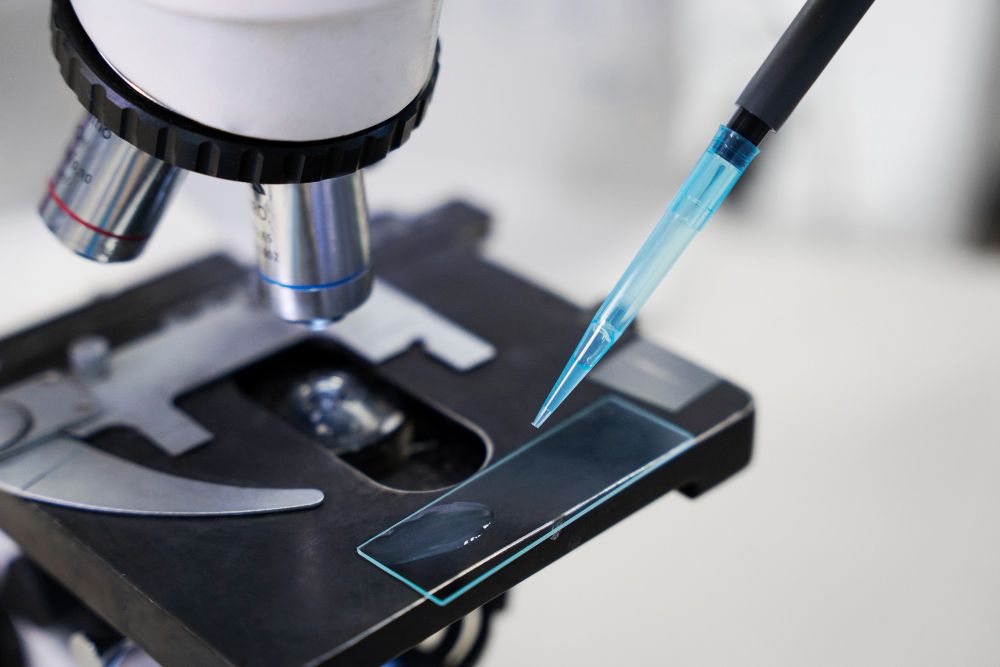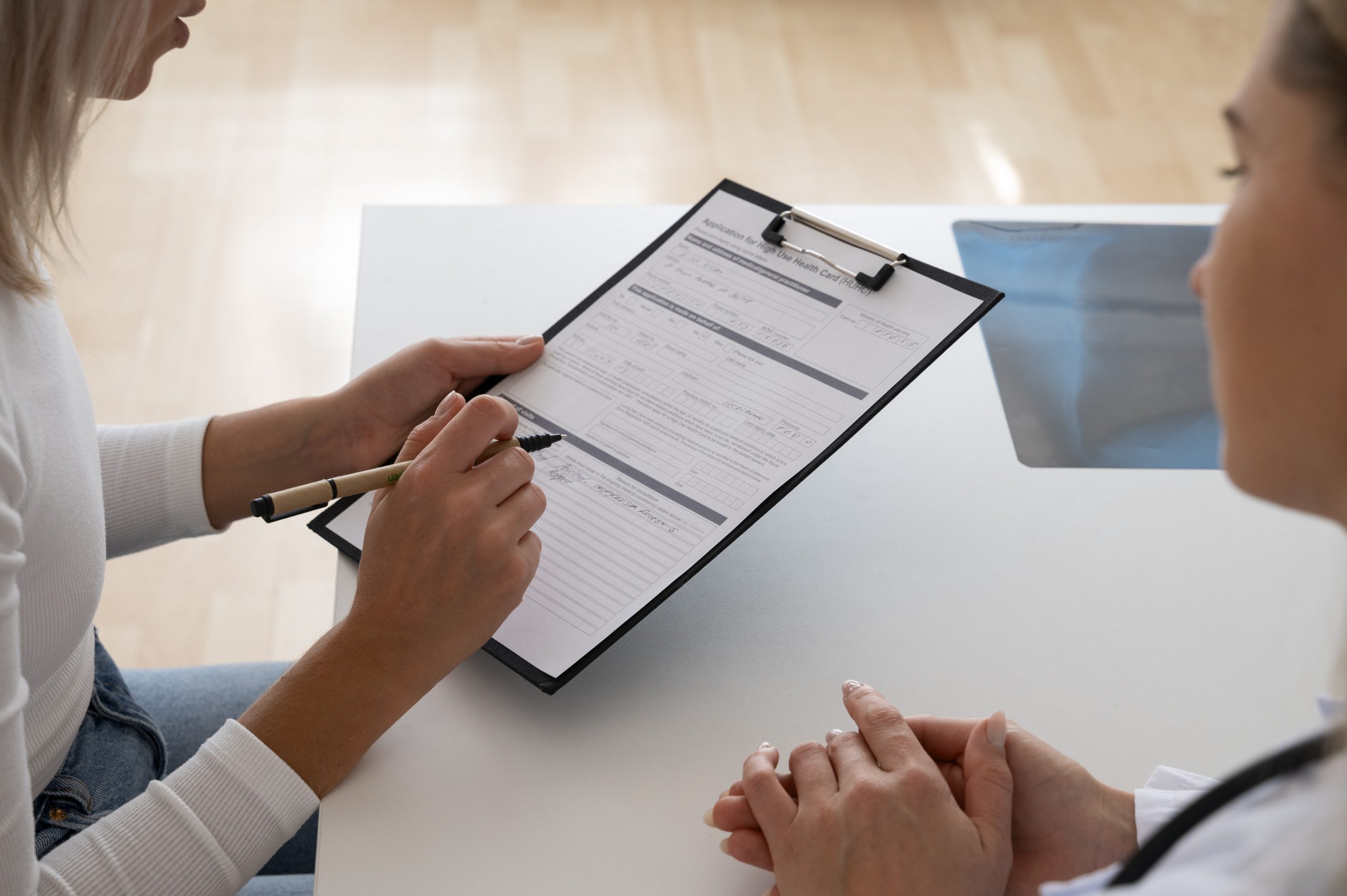Ovarian Stimulation and IVF

For many individuals exploring fertility solutions, ovarian stimulation is often a critical first step in the IVF journey. This article provides an overview of ovarian stimulation—how it works, its role in in vitro fertilisation (IVF), potential risks, and what UK patients can do to move forward. We’ll also touch on common hormonal medications like FSH and LH, which help the ovaries produce multiple follicles for egg retrieval.
What Is Ovarian Stimulation?
Ovarian stimulation is a cornerstone of many fertility treatments, including IVF treatment (in vitro fertilization). Its main purpose is to stimulate the ovaries to produce more than the single mature egg that typically develops during a normal menstrual cycle. By increasing the number of follicles on each ovary, there is a higher likelihood of retrieving several viable oocytes, which can then be fertilized with sperm in a laboratory setting.
This process usually involves a series of injections containing follicle stimulating hormone (FSH) or other gonadotropin medications, including LH or LH-activity. Under careful monitoring of hormone levels and blood tests, medical professionals adjust dosages to help your body produce enough follicles without excessively elevating the risk of ovarian hyperstimulation syndrome (OHSS)—a potential but manageable complication of fertility treatment that can range from mild to severe in women undergoing ovarian stimulation.
The Role of Ovarian Stimulation in IVF (In Vitro Fertilisation)
In vitro fertilisation (IVF)—sometimes spelled in vitro fertilization—relies heavily on successful ovarian stimulation to optimize the outcome of an IVF cycle. During this treatment cycle, practitioners aim to retrieve as many mature follicles as possible through egg retrieval, thereby providing more opportunities for fertilization and embryo development. The steps typically include:
- Medication Phase: Use of FSH or other injectable gonadotropins—and sometimes LH—to stimulate your ovaries. Close monitoring via blood tests and ultrasounds tracks how follicles within each ovary develop.
- Ovulation Trigger: An hCG or GnRH agonist trigger injection induces the final maturation of oocytes right before retrieval.
- Egg Retrieval: A short outpatient procedure where eggs are released and collected. The number of eggs retrieved varies based on individual FSH levels, ovarian reserve, and response to stimulation for in vitro fertilization.
- Lab Fertilization: Collected oocytes are inseminated with sperm in the lab, creating fertilized embryos that may then be transferred to the uterus.
Following egg retrieval, the development of fertilized eggs (now embryos) is observed, and one or more may be transferred back into the uterus in hopes of achieving a successful pregnancy. Throughout this IVF journey, top doctors and fertility clinics strive to balance success rates with patient safety, particularly regarding the risk of ovarian hyperstimulation syndrome. By applying evidence-based treatment options, clinicians can better prevent or manage symptoms of OHSS, including ovaries become enlarged or become painful, fluid retention, and, in severe cases, more serious complications (e.g., thrombosis).
Ovarian Stimulation Protocols
Commonly, three main protocols are used during IVF treatment to stimulate the ovaries:
-
Luteal Lupron (Long Protocol): Also referred to as “agonist down regulation,” this approach uses a GnRH agonist like Lupron from the luteal phase of the previous cycle, allowing for pituitary suppression before gonadotropin stimulation.
-
GnRH Antagonist Protocol: This regimen relies on daily GnRH antagonist injections started mid-follicular phase, preventing premature LH surges. According to an up-to-date review, antagonist protocols can significantly improve clinical pregnancy rates for both poor and high responders, and for those at heightened risk of ovarian hyperstimulation syndrome (OHSS) (Pacchiarotti et al., 2016).
-
Flare (Micro-Flare) Protocol: Known as the “short protocol,” it triggers a brief burst of GnRH agonist early in the cycle (“flare”) and is frequently used for patients with expected low response to ovarian stimulation.
Recent studies also highlight the potential benefits of combining human-derived urinary FSH (uFSH) and recombinant FSH (rFSH) to increase the proportion of mature oocytes and improve embryo quality (Pacchiarotti et al., 2016). Ongoing research continues to compare these protocols, focusing on individualized treatment plans, patient response differences, and any confounding factors that may influence IVF outcomes.
Potential Risks and Side Effects
Ovarian Hyperstimulation Syndrome (OHSS)
OHSS is a complication of fertility treatments that can occur if the ovaries become overstimulated, especially in women undergoing aggressive or high-dose protocols. Symptoms of OHSS include ovaries become enlarged or become painful, fluid accumulation, abdominal bloating, and nausea. In severe cases, OHSS may lead to thrombosis, kidney dysfunction, or respiratory issues (Macklon et al., 2006). Modern regimens often use milder gonadotropin dosing or GnRH antagonist protocols to reduce the risk of OHSS (The ESHRE Guideline Group on Ovarian Stimulation et al., 2020).
Multiple Pregnancies and Other Considerations
Producing many eggs raises the likelihood of multiple embryo transfers, which significantly increases the chance of multiple pregnancies. Although twins or triplets can bring immediate “success,” they carry higher risks for premature birth, low birth weight, and maternal complications. Current vitro fertilization treatment approaches encourage single-embryo transfer in many cases to balance success rates and safety (Macklon et al., 2006).
Next Steps for UK Patients
If you’re considering assisted reproductive options, especially ovarian stimulation, it’s vital to discuss your treatment cycle with a fertility clinic experienced in obstetrics and gynaecology. While Ovoria Egg Donor Bank does not have physical offices in the UK, we partner with local top doctors and clinics to coordinate ovulation induction, egg retrieval, and embryo transfer. Book a consultation to receive health information, discuss your ovarian stimulation process, and learn about customized protocols that can help produce one or more mature follicles while minimizing the risk of ovarian hyperstimulation syndrome.
Title Goes Here
How to Improve Ovarian Stimulation
Improving ovarian stimulation often begins with maintaining a healthy lifestyle, such as eating a balanced diet and reducing stress, while working closely with your fertility specialist to tailor medication dosages (e.g., FSH, LH) based on your individual hormone levels and ovarian reserve. Frequent monitoring through blood tests and ultrasounds helps fine-tune these protocols and prevent complications like OHSS.
When Does Ovarian Stimulation Start?
In most IVF cycles, ovarian stimulation starts on Day 2 or Day 3 of your menstrual cycle, although certain protocols may delay the start or include pre-treatments like birth control pills to optimize the timing. Your doctor will advise the exact schedule based on factors like your medical history, hormone profile, and response in previous cycles.
How Long Does Ovarian Stimulation Take?
The stimulation phase typically lasts between 8 and 14 days, during which time regular blood tests and ultrasound scans track follicle growth. Once follicles reach the appropriate size, a trigger injection completes oocyte maturation, paving the way for egg retrieval to be scheduled shortly thereafter.
References
The ESHRE Guideline Group on Ovarian Stimulation, Bosch, E., Broer, S., Griesinger, G., Grynberg, M., Humaidan, P., Kolibianakis, E., Kunicki, M., La Marca, A., Lainas, G., … & Show more. (2020). ESHRE guideline: ovarian stimulation for IVF/ICSI. Human Reproduction Open, 2020(2), hoaa009. https://doi.org/10.1093/hropen/hoaa009
Macklon, N. S., Stouffer, R. L., Giudice, L. C., & Fauser, B. C. (2006). The Science behind 25 Years of Ovarian Stimulation for In Vitro Fertilization. Endocrine Reviews, 27(2), 170–207. https://doi.org/10.1210/er.2005-0015
Pacchiarotti, A., Selman, H., Valeri, C., Napoletano, S., Sbracia, M., Antonini, G., Biagiotti, G., & Pacchiarotti, A. (2016). Ovarian Stimulation Protocol in IVF: An Up-to-Date Review of the Literature. Current Pharmaceutical Biotechnology, 17(4), 303–315.



